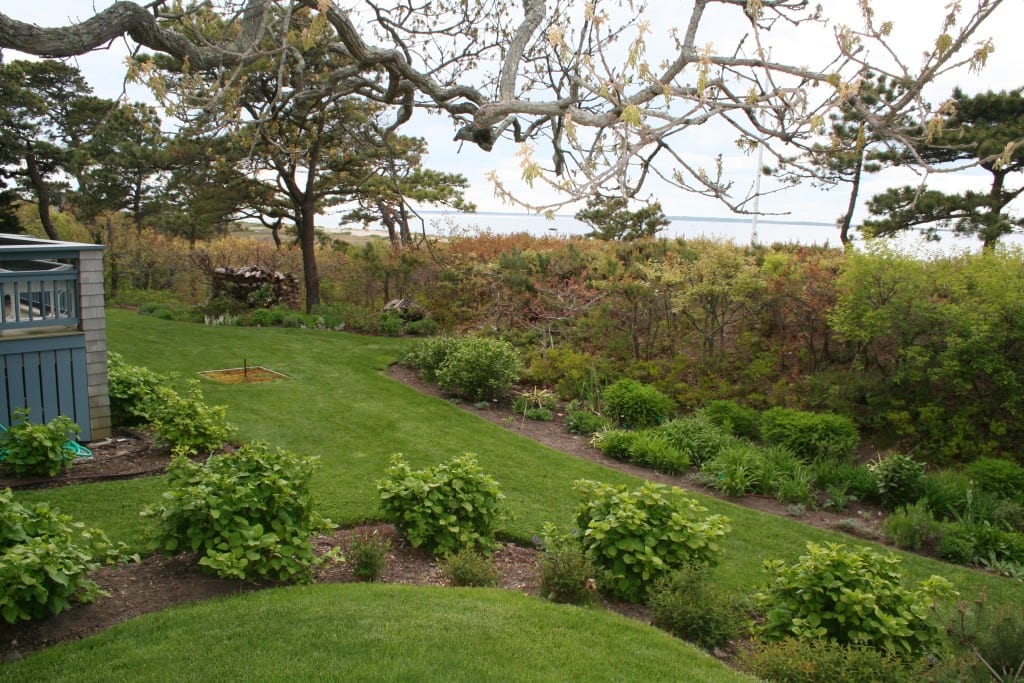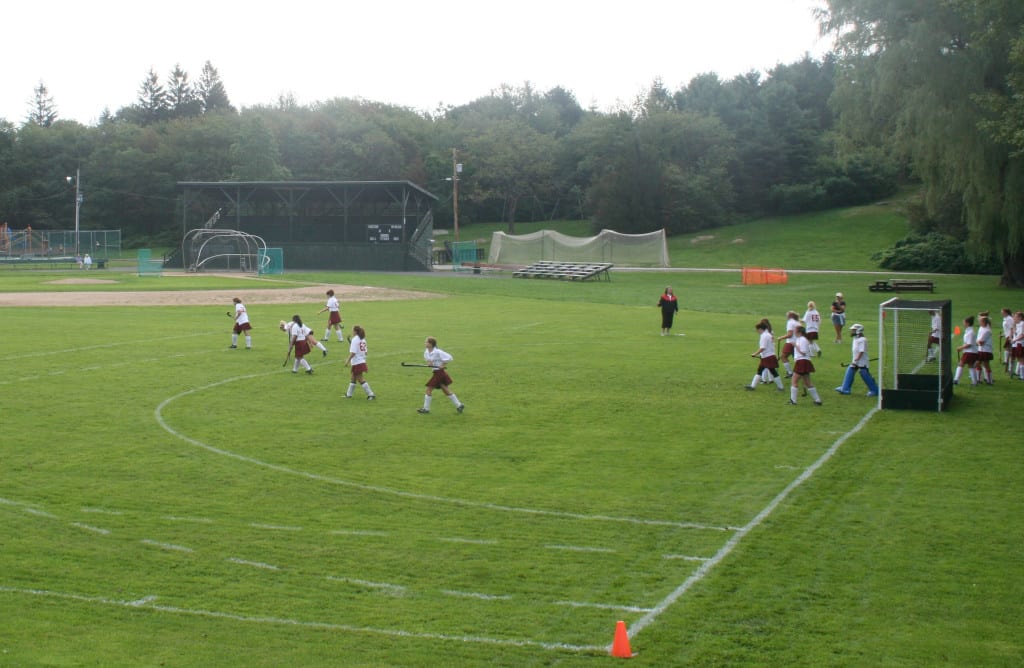by Chip Osborne
All industries eventually arrive at best practices that represent the most productive and efficient method to deliver desired results while at the same time minimizing negative impact. Our industry is no different. We have adopted protocols and products to deliver the green lawns and turf spaces our clients and end users expect.
While it is understood that all practices are subject to change over time, in our industry changes been motivated by the knowledge that the synthetics we use have had unintended consequences at times.
When we use the general term synthetics, we are referring to chemicals that are used as both fertilizers and pesticide control products. Each of these has its own issues and causes for concern that contribute to the five reasons synthetics are no longer considered a best practice for the management of turf.
Five reasons that the use of synthetics are no longer considered a best practice in our industry:
- Stormwater runoff entrance to water bodies – rivers, streams, ponds, lakes, and ocean
- Groundwater contamination
- Children’s health
- Human health
- Nonproductive influence on the creation of healthy turf systems – plant, soil, and environment (compromising native beneficial soil organisms)
 Storm water runoff
Storm water runoff
When using water-soluble synthetic materials, we run the risk of allowing that material to move off target. Even with best intentions, certain environmental conditions may present themselves to facilitate the movement of these soluble nutrients. If we have a turf system with less than maximum density, very often we do not have enough root system to process these nutrients as rapidly as they are being released.
Groundwater contamination
Some synthetic materials are more mobile in the soil that others. Along with other information on the label about health effects and environmental effects of a particular pesticide product, we also have information about soil mobility. Some pesticides and fertilizers have the ability to move rapidly downward in the soil and eventually find groundwater.
 Children’s health
Children’s health
Science and medicine is now looking at children’s exposure to pesticides very differently than they did in the past. The major cause for concern is not an acute oral or dermal exposure, but multiple low dose exposures over several years that can have a cumulative effect.
Human health
Not all mammals react to all pesticides in the same way. It is typically the lawn care pesticide when used at the homeowner level or in the public sector that can affect the largest number of people. The use of these materials contributes to the chemical cloud under which we live in this day and age. For management of grounds and turf, reduction makes sense to reduce overall chemical exposure.
 Nonproductive influence on the system and the biomass
Nonproductive influence on the system and the biomass
Synthetic materials do very little to build the soil biomass in a positive way. The high concentration of salt in synthetic fertilizers and some of the pesticide products that we use can contribute to the minimization of soil biological life. It is the biological life in the soil that is central to a healthy, functioning system.
Summary
The development of organic lawn care, organic land care, and natural turf management protocols is in response to a growing concern around synthetic intervention in the landscape. It is the development of science-based strategies from the natural perspective that provide an alternative to managing from within a chemical framework.
These concepts have been developed and are presented as an alternative to chemical management. The absence of synthetics does not mean that we must sacrifice quality.
It does mean that we need to learn new protocols.
We no longer manage from a product-entered approach, but rather we adopt a systems-based approach that involves healthy soils, natural, organic product imports, and very specific and revised horticultural practices. Moving forward people will find that a natural approach to managing the landscape can meet a desired expectation and produce results very similar to landscapes managed from a chemical perspective.
About the Author
Charles “Chip” Osborne has 35 years of experience as a professional horticulturist and over 10 years of experience in creating safe, sustainable, and healthy landscapes and athletic fields through natural turf management. Osborne’s personal investigation, study of conventional and organic soil science practices, and hands-on experimentation led him to become one of the country’s leading experts on growing sustainable, natural turf. He is a board member of Beyond Pesticides and Chairman of the Marblehead, Massachusetts’ Recreation and Parks Department. Osborne co-founded The Living Lawn Project in Marblehead, MA, one of the country’s first natural lawn demonstration sites. It is a nationally-recognized, living example that beautiful, healthy grass can be grown without the use of pesticides and synthetic fertilizers.




